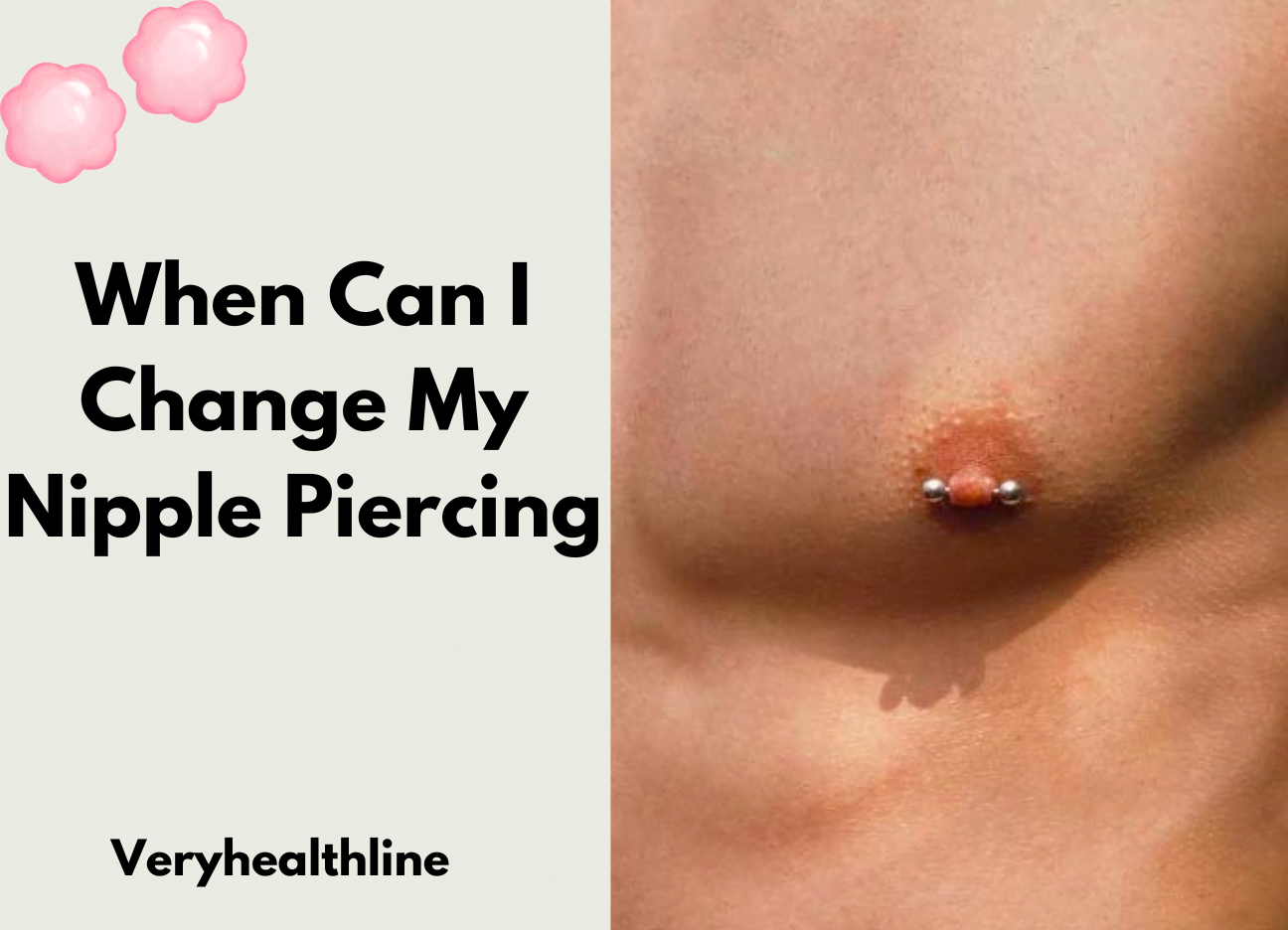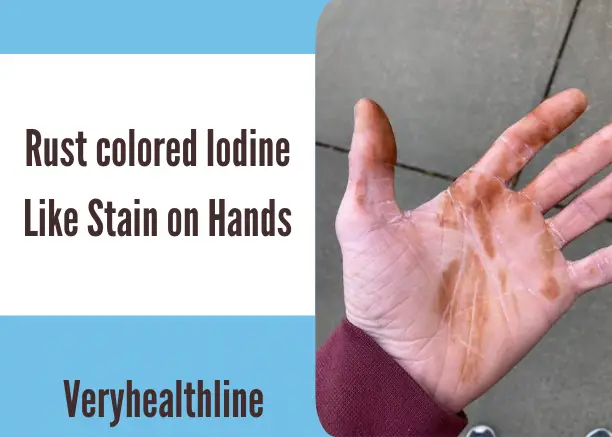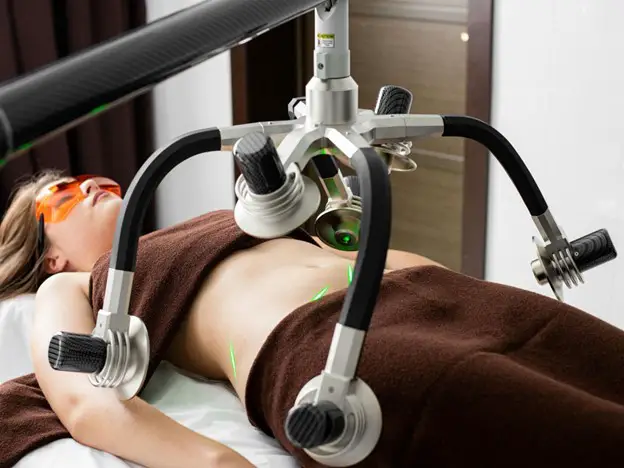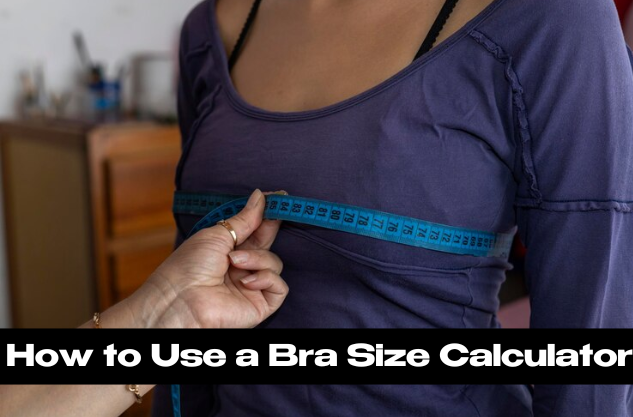When Can I Change My Nipple Piercing? A Comprehensive Guide

Getting a nipple piercing is a bold decision, but the excitement doesn’t end there. Once you’ve taken the plunge, the next big question often becomes, When can I change my nipple piercing? Timing is everything in this process. Changing your nipple piercing too soon can lead to infections, prolonged healing, and other complications. If you are looking for high-quality jewelry to switch to when the time comes, check out this Nipple Piercing Jewelry that offers durability and style. Let’s explore the factors determining the right time to switch things up.
Understanding Nipple Piercing Healing Stages
Before diving into when you can change your nipple piercing, it’s essential to understand the healing stages. Your body goes through several phases to heal completely, and knowing these can help you make an informed decision. If you are looking for a versatile and adjustable option for when you’re ready to change your jewelry, check out this Tisancy Piercing Jewelry Adjustable Barbell that is perfect for any phase of healing.
Initial Healing Phase
The initial recovery phase lasts about 4 to 6 weeks. During this period, your body forms a seal around the jewelry to protect against bacteria and infection. It’s crucial to avoid moving or changing jewelry at this stage, as it can cause irritation and prolong the healing process.
Intermediate Healing Phase
This phase typically spans from 6 weeks to 6 months. The tissue inside your piercing starts to regenerate and heal, but it’s still fragile. Although the external part of your nipple may look healed, the inside is still recovering, so changing your jewelry is not advisable unless recommended by a professional.
Full Healing Phase
A nipple piercing can take six months to a full year to heal completely. This phase signifies that the inner and outer tissue has stabilized, making it the safest time to consider changing your jewelry.
Also Read: Top Surgery and Nipple Piercings: What You Need to Know
When Can You Safely Change Your Nipple Piercing?
The general rule of thumb is to wait at least six months before changing your nipple piercing, with many professionals recommending waiting until the 12-month mark. Your body’s healing time can vary, so consult a professional piercer to assess your readiness.
Signs Your Nipple Piercing is Ready for a Change
There are specific signs to look out for when determining if your nipple piercing is ready for a change:
- No Discharge or Crusting: Absence of any discharge or crusting around the piercing site.
- No Pain or Discomfort: The piercing should not hurt or feel uncomfortable.
- No Swelling or Redness: The area should look and feel normal with no signs of irritation.
- Ease of Movement: The jewelry should move freely without causing pain.
Risks of Changing Your Nipple Piercing Too Early
Changing your nipple piercing prematurely can lead to various complications, including:
- Infections: Exposing the still-healing wound to bacteria.
- Tissue Damage: Causing tears in the delicate healing tissue.
- Prolonged Healing: Extending the time it takes for your piercing to heal fully.
- Rejection: The body might push out the jewelry, causing the piercing to close.
How to Properly Change Your Nipple Piercing
Changing your nipple piercing requires a careful approach to avoid complications. Here’s how to do it correctly:
Sterilization of Jewelry and Hands
Always ensure your hands and the new jewelry are thoroughly sterilized. Wash your hands with antibacterial soap and clean the jewelry with saline or alcohol.
Step-by-Step Guide to Changing Your Piercing
- Clean the Area: Use a saline solution to clean the piercing site.
- Prepare the Jewelry: Make sure your new jewelry is sterilized and ready.
- Remove the Old Jewelry: Gently twist and pull out the old jewelry.
- Insert the New Jewelry: Carefully insert the new piece, ensuring it’s secure but tight enough.
Choosing the Right Jewelry for Your Nipple Piercing
Selecting the appropriate jewelry is crucial for both comfort and healing.
Material Considerations
To minimize the risk of allergic reactions or infections, opt for hypoallergenic materials like titanium, surgical steel, or gold.
Size and Style Choices
Choose jewelry that matches your anatomy and lifestyle. Barbells and rings are common choices, but always ensure appropriate size to avoid irritation.
Common Issues and How to Address Them
Even with the best care, issues can arise. Here’s how to handle them:
Infections
Clean the area with saline solution and consult a professional piercer or healthcare provider if you notice redness, swelling, or discharge.
Rejection and Migration
This occurs when the body pushes the jewelry out. It can be caused by improper jewelry or a too-shallow piercing. Consult a professional if you suspect rejection.
Aftercare Tips Following a Jewelry Change
Once you’ve successfully changed your jewelry, maintaining good aftercare is essential.
Cleaning and Maintenance
After changing the Nipple jewelry, continue cleaning the area with a saline solution for at least a week. Avoid harsh chemicals or over-cleaning, as these can cause irritation.
Signs of Infection or Complications
Watch out for any signs of infection, such as redness, swelling, or pain, and seek professional advice if they occur.
The Importance of Professional Help
Always seek professional help if you’re unsure about changing your nipple piercing. A trained piercer can guide you through the process and ensure it’s done safely.
Myths About Nipple Piercings Debunked
There are many myths about nipple piercings. For instance, some believe that frequently changing jewelry is okay, but it can cause more harm than good. Stick to the advice of professionals for the best outcomes.
Can You Change Your Nipple Piercing Yourself?
While it’s possible to change your nipple piercing yourself, it’s not recommended unless you have experience. The risk of infection and improper insertion is higher if you do it without professional assistance.
What to Do If You Experience Pain or Discomfort
If you experience pain or discomfort, it might be a sign that your piercing isn’t ready for a change or that there is an infection. Remove the jewelry if necessary and seek professional help immediately.
How Often Should You Change Your Nipple Piercing?
Once fully healed, you can change your nipple piercing as often as you like, but always ensure proper hygiene and sterilization.
Conclusion
Changing a nipple piercing is a process that should not be rushed. Proper timing, care, and professional advice ensure a smooth transition and avoid complications. Always listen to your body and consult an experienced piercer to determine the best time to change your jewelry.
FAQs
How long does it take for a nipple piercing to heal completely?
Generally, a nipple piercing takes six months to a year to heal fully, but this can vary depending on individual healing processes.
Can I change my nipple piercing if it still hurts?
No, if your piercing still hurts, it’s a sign that it hasn’t healed completely. Please wait until it’s pain-free before considering a change.
What type of jewelry is best for nipple piercings?
Hypoallergenic materials like titanium, surgical steel, or gold are best to reduce the risk of allergic reactions and infections.
Is it normal for a nipple piercing to bleed after changing jewelry?
Slight bleeding can occur if the piercing is still healing. However, if the bleeding persists, seek professional advice.
Can I swim after changing my nipple piercing?
It’s advisable to avoid swimming in pools, lakes, or oceans for at least a few days after changing your nipple piercing to prevent infections.





